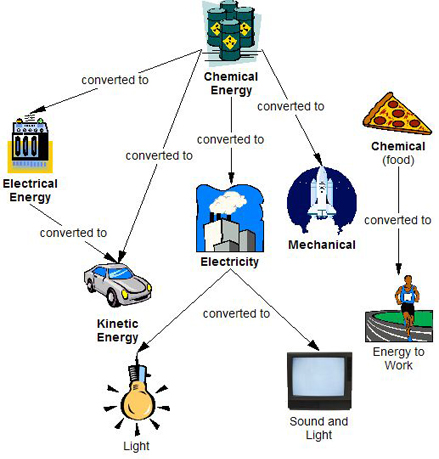

Over 16,000 scientists and engineers make use of these facilities each year. These user facilities help form the backbone of the nation’s research infrastructure. The first transgenic plants with Bacillus thuringiensis (Bt) genes were produced in 1987, while most of the insect-resistant transgenic plants have been developed by using Bt endotoxin gene 72. BES has also built and supports a national network of major shared research facilities based at DOE national laboratories and open to all scientists. Genetic transformation provides direct access to a vast pool of useful genes not previously accessible to plant breeders. The program funds basic science at nearly 170 universities, national laboratories, and other research institutions in the U.S. The BES program is one of the nation’s largest sponsors of research in the physical sciences. These include, for example, LED lighting efficient solar cells better batteries stronger, lighter materials for transportation, nuclear power plants, and national defense and improved production processes for high-value chemicals. Many major innovations can be traced back to basic research supported by BES over the past 40 years. The BES program supports basic research behind a broad range of energy technologies, spanning energy generation, conversion, transmission, storage, and use. They typically have their roots in basic research breakthroughs over a period of decades. Major technological innovations don’t just happen. The ultimate goal is to better understand the physical world and harness nature to benefit people and society. BES research emphasizes discovery, design, and understanding of new materials and new chemical, biochemical, and geological processes. Take a ten question quiz about this page.The Basic Energy Sciences (BES) program supports basic scientific research to lay the foundations for new energy technologies and to advance DOE missions in energy, environment, and national security. The Himalayan Mountains, including Mount Everest, were formed by the convergent boundary of the Indian Plate and the Eurasian Plate.

#TRANSFORM SCIENCE DEFINITION FREE#
Some of the minor plates include the Arabian, Caribbean, Nazca, and Scotia plates. Buy Awe: The New Science of Everyday Wonder and How It Can Transform Your Life on FREE SHIPPING on. Individual transformation is an internal shift that brings us in alignment with our highest potential. It affects how we see and relate to the world, and how we understand our place in it. It is at the heart of every major aspect of our lives.

The seven major plates include the African, Antarctic, Eurasian, North American, South American, India-Australian, and the Pacific plates. Human transformation is an internal shift that brings us in alignment with our highest potential. Most of the Earth is covered by seven major plates and another eight or so minor plates. Some of these plates are huge and cover entire continents. The lithosphere moves in big chunks of land called tectonic plates. The lithosphere is made up of the Earth's crust and a part of the upper mantle. The part of the land that is moving is the Earth's surface called the lithosphere. It takes millions of years for the land to move a significant amount. This movement is way too slow for us to notice, however, because it only moves between one to 6 inches per year. Although we think of the land on Earth as being fixed and stable, it turns out that it is constantly moving.


 0 kommentar(er)
0 kommentar(er)
